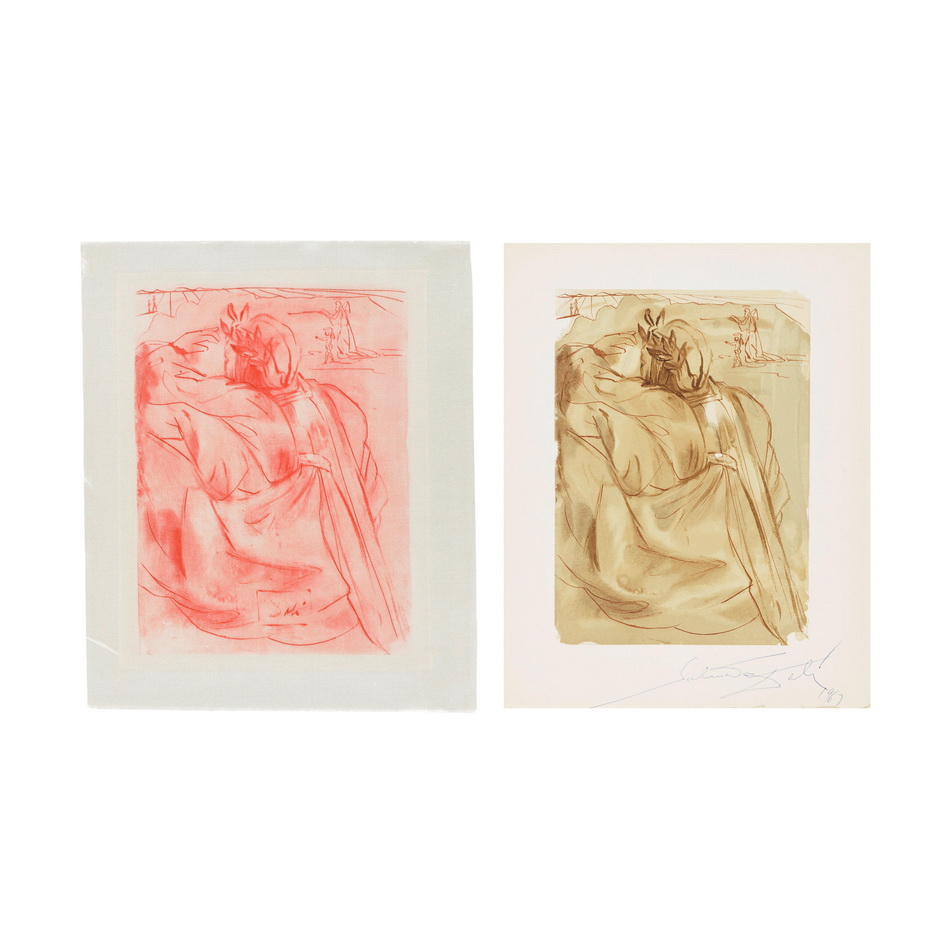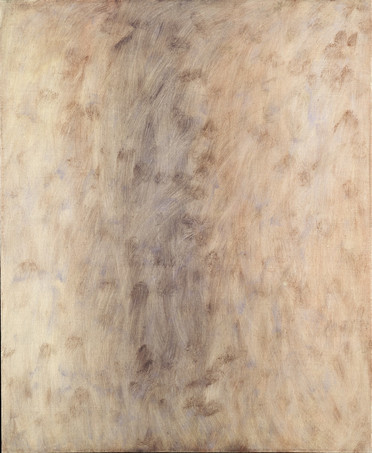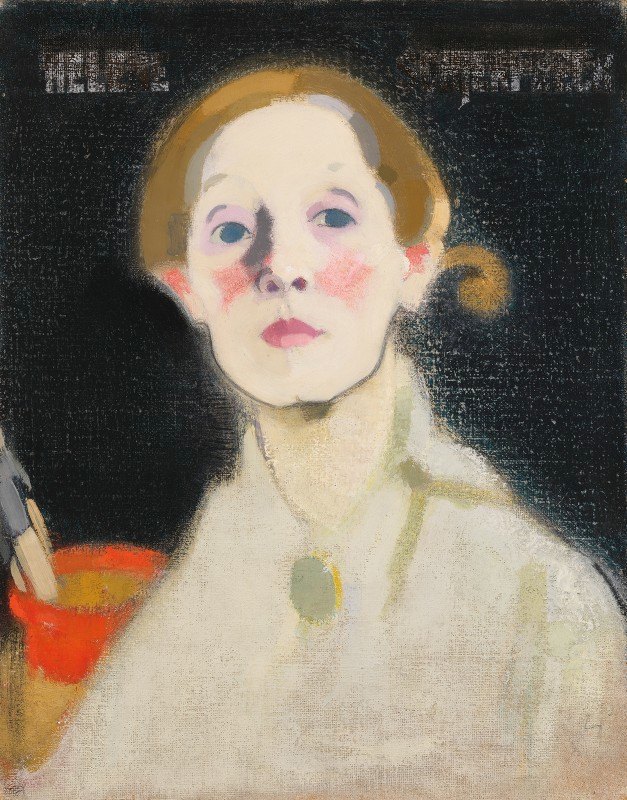图片文件尺寸 : 4081 x 4322px
Salvador Dalí:La Divine Comédie, from Dante Alighieri, L\'Enfer; La Purgatoire; Le Paradis (Field pp. 189-200, Michler/Löpsinger 1039-1138), 1959-63
The complete portfolio, comprising 100 wood engravings in colors on Rives BFK paper, each signed in colored crayon (Inferno in red, Purgatory in purple, and Paradise in blue) and numbered 105/150 (aside from the total edition of 4765), lacking title, lacking text in French, lacking justification, published by Editions d\'Art les Heures Claires, Paris, with full margins, each loose (as issued), contained in three clamshell boxes and slipcases.
each sheet 13 x 10 3/8in (33 x 26.4cm)
萨尔瓦多·达利 神曲,但丁·阿利吉耶里著,地狱炼狱天堂









